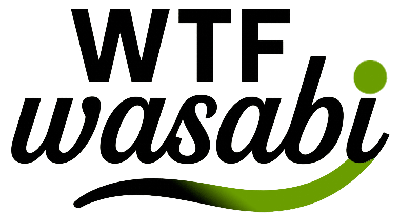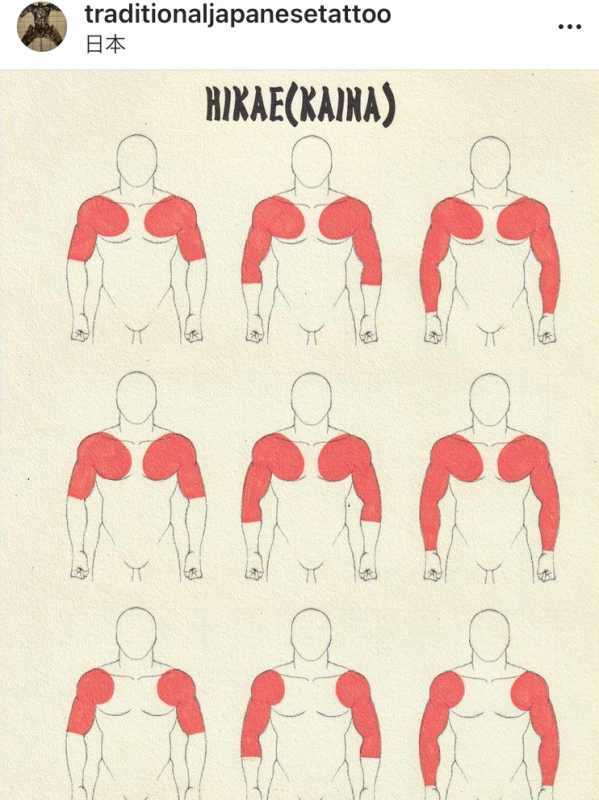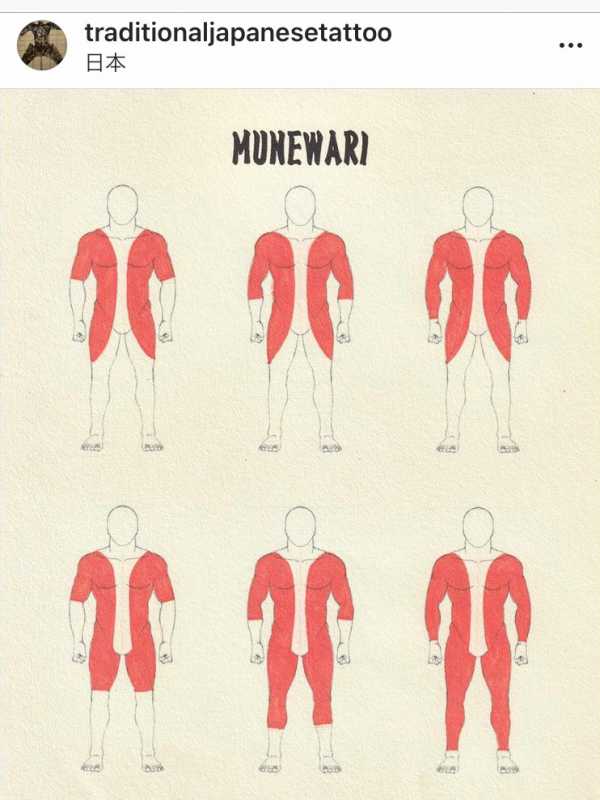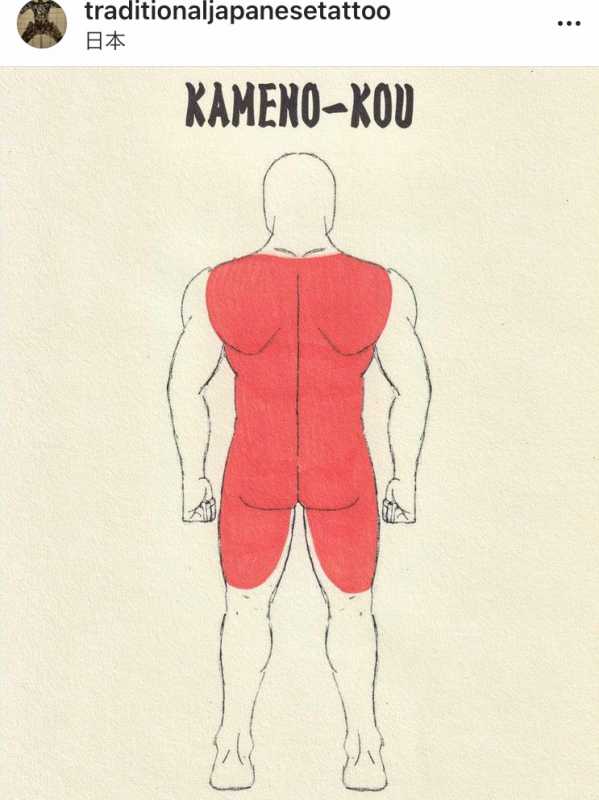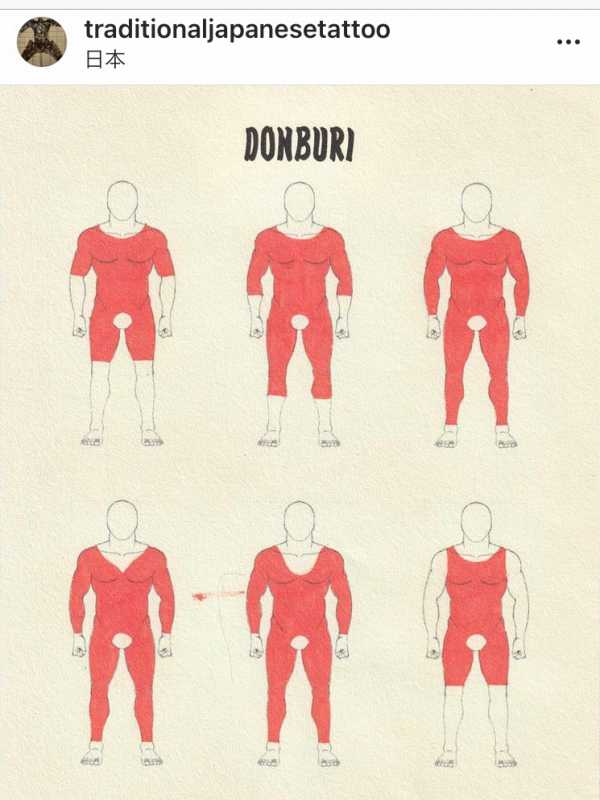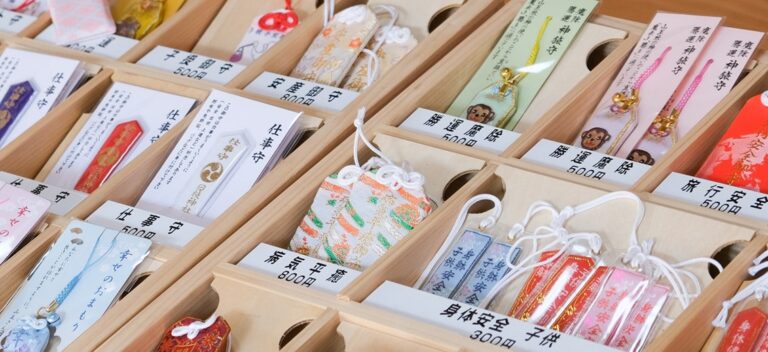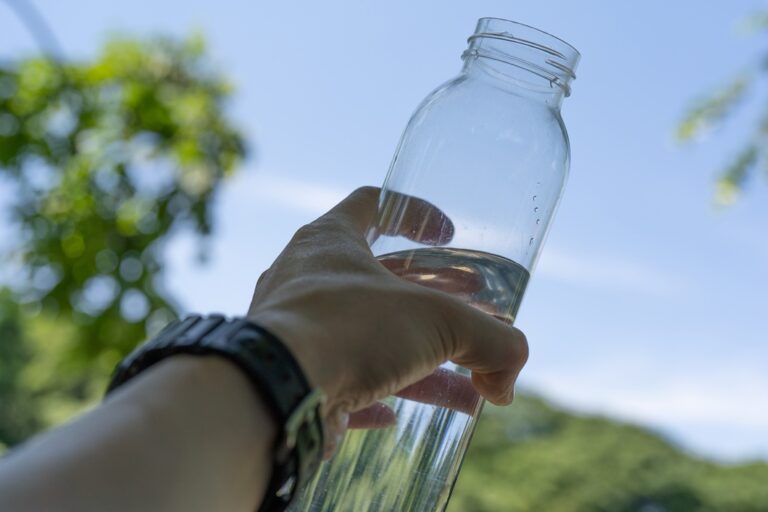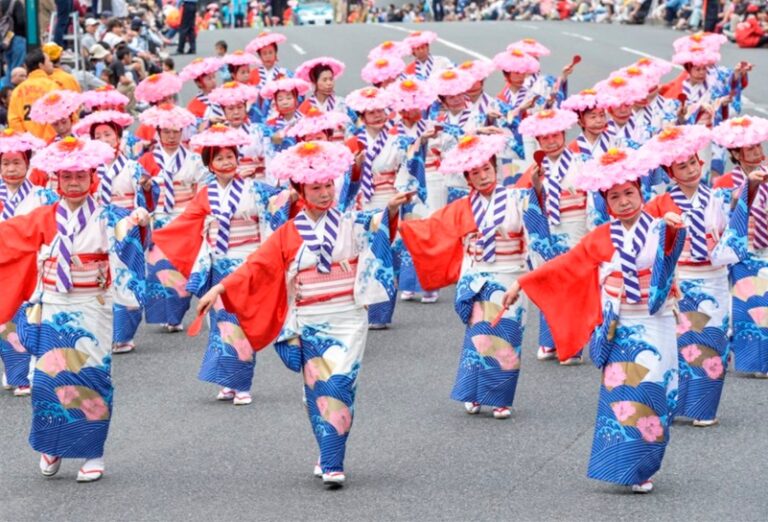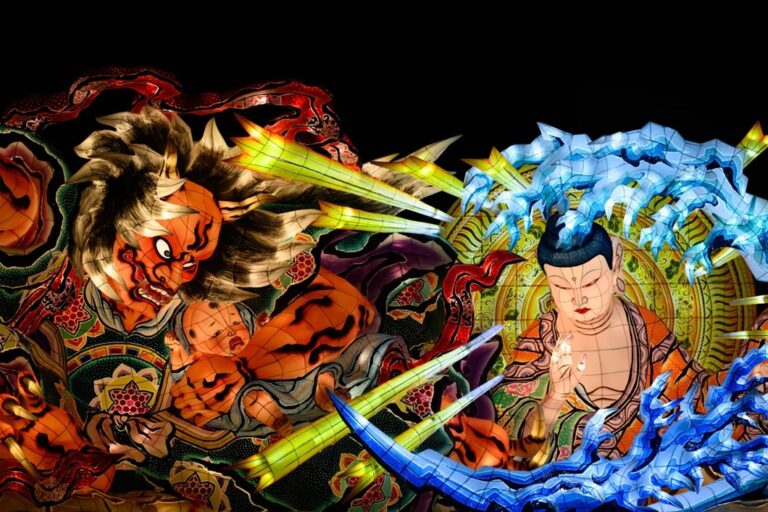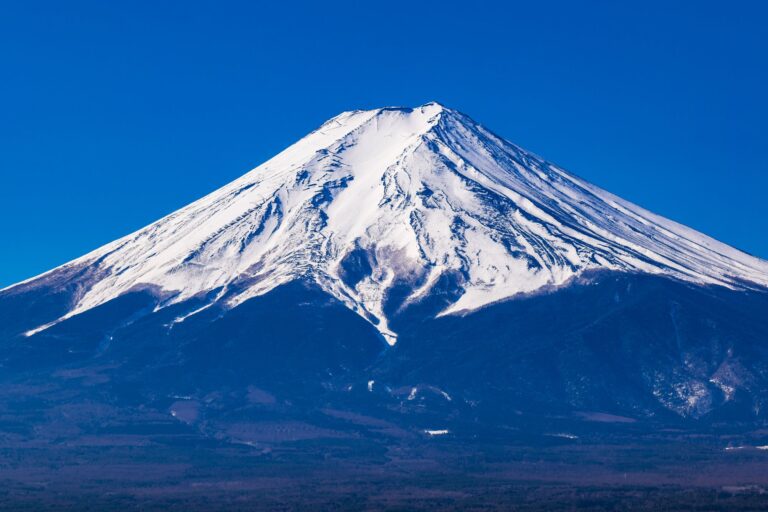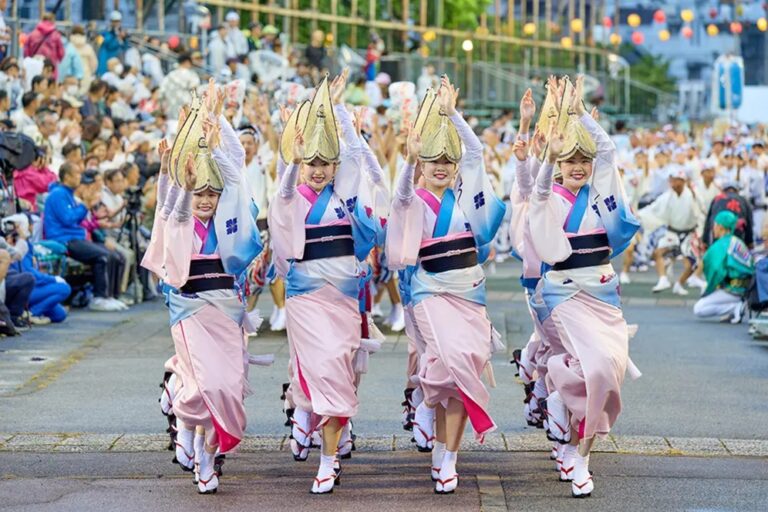Wabori: The Tattoo Art Japan Tried to Hide
Cultural Revival in the Edo Era: The Rebirth of Wabori
Tattooing in Japan traces back to the Jōmon period, where figurines and early records suggest the use of body markings. However, the cultural lineage was interrupted—and what we now recognize as Wabori truly reemerged during the early Edo period (17th century).
At that time, courtesans (especially high-ranking courtesans) began to tattoo their bodies with small moles or patterns to make them appear more attractive. These were often expressions of loyalty to secret lovers (mabu), and became part of a nascent culture of sensual beauty.

Simultaneously, the commoner class embraced tattoos as stylish and “iki” (refined). A key influence was the Chinese epic Water Margin (Suikoden), which featured heroic outlaws covered in full-body tattoos. These characters inspired admiration, and Wabori became a symbol of strength, rebellion, and personal pride.
Two Worlds: Proud Tradition vs. Punitive Branding
While Wabori flourished as a symbol of beauty and honor, a contrasting narrative was unfolding. The Tokugawa shogunate used tattoos as criminal punishment, known as bokkei. Offenders were marked with characters like “thief” (盗) or “evil” (悪), often on the arms or forehead—branding them permanently in society’s eyes.
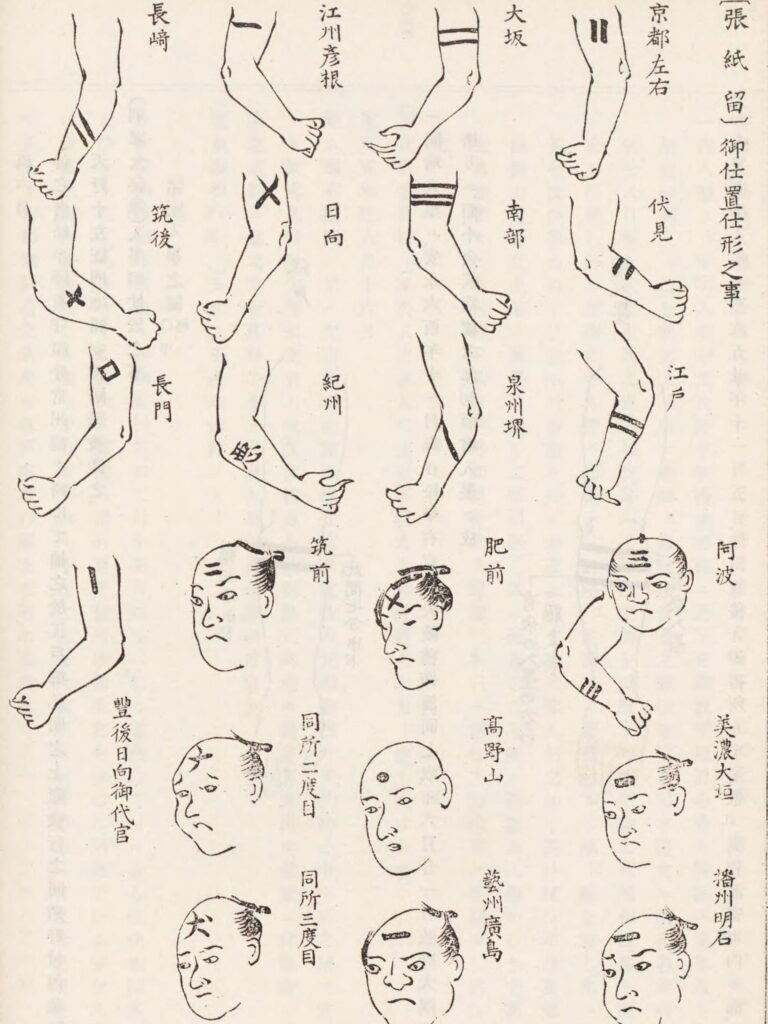
Various tattoo punishments from the Edo period (Kojiruien)
Thus, tattooing in Edo Japan existed on two fronts: as a vibrant cultural art form, and as a tool of shame-based justice. These conflicting roles would shape the complex reputation tattoos hold in Japan today.
What Makes Wabori Unique?
Wabori is distinct from Western tattoos not only in aesthetics, but also in process, symbolism, and philosophy.
Technique
Traditional tebori involves manually pushing ink into the skin using rods fitted with needles. Though modern artists often use machines, tebori remains revered for its visual depth and handmade quality.

Process
A full piece is not completed in one sitting—it’s built gradually, often over months or even years:
- Design Consultation – Based on personal philosophy or cultural motifs
- Outline (Suji-bori) – Linework, often in black
- Shading (Bokashi-bori) – Gradation to add depth
- Coloring – Final step for vibrancy
Background Framework: Gaku—the Art of Framing
One of the most striking aspects of Wabori is its structured background design known as Gaku. Think of it as the “frame” around the main motifs:
illustlation : ©TraditionalJapaneseTattoo
- Gaku includes stylized elements like clouds, rocks, waves, spirals, and wind, which create atmospheric depth around motifs like dragons, koi, or deities
- These background shapes follow traditional placement rules tied to body parts (e.g., arm sleeves connect to chest panels; full–back pieces include the buttocks and thighs)
- The purpose of Gaku is to harmonize the central motif and align the artwork with the natural lines of the body
Thinking of Getting One? Here’s What to Expect
Wabori is a serious commitment. It’s not just ink—it’s a journey.
- Artist Selection: Most horishi (tattoo artists) require referrals; walk-ins are rare
- Design & Placement: Decide whether you want shoulder-only, full–back, thigh, etc.
- Session Length: Typically 45–60 minutes per visit due to pain and healing time
- Total Time: Often 10–20+ sessions over several months
- Pricing:
- Palm-sized: from ¥30,000 (~$200)
- Full back: ¥1,000,000+ (~$7,000)
- Aftercare Matters: Moisturizing, avoiding sunlight, and hygiene are key to preserving color and integrity
Wabori demands both physical and mental resilience—and that’s what makes it so revered.
Love the Look? Try These Kanji Tattoos (With Care)
If you’re not ready for full-body ink, single-character tattoos are a popular way to connect with Japanese aesthetics.
| Kanji | Meaning |
|---|---|
| 愛 | Love |
| 夢 | Dream |
| 美 | Beauty |
| 忍 | Endure |
| 龍 | Dragon |
These characters are especially popular on forums like Reddit. But be warned—meanings can shift depending on context, and mistakes are common:

- Some Western celebrities have inked phrases that don’t mean what they think.
- One infamous case turned “Free Spirit” into something closer to “Crazy Wind.”
- Others combine characters in ways that result in nonsense—like “Water Elephant Rice Fire.”
Also, Chinese and Japanese characters may look the same but carry different nuances. Always double-check with a native speaker or expert before committing.
Where Can You Still See Wabori Today?
Wabori has become harder to spot in everyday Japan, especially with public bathhouses and gyms still enforcing no-tattoo policies. But it’s not gone:
- Traditional festivals like Sanja Matsuri in Asakusa feature mikoshi carriers with bold back pieces
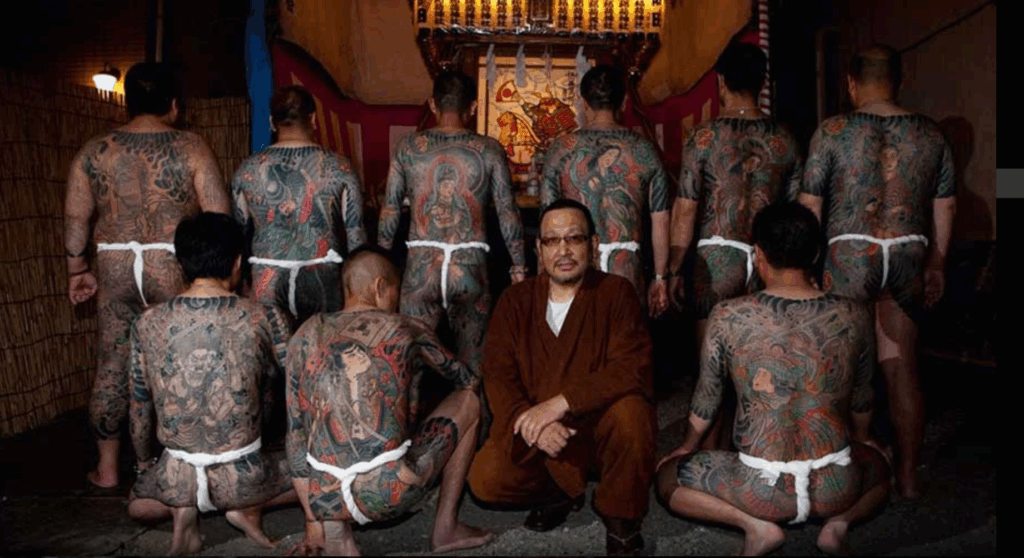
- Photography books and tattoo art catalogs showcase both classic and modern Wabori
- Horishi websites and social media offer a look into the artistry and styles of tattoo masters
Even if you don’t get a tattoo yourself, there’s a rich visual culture waiting to be explored.
The Future of Wabori: Preserved Abroad?
As Japanese society continues to associate Wabori with organized crime, the tradition faces extinction at home. Meanwhile, Western-style tattoos—minimal, fast, and fashionable—are gaining ground among younger Japanese.
Ironically, while Wabori fades in Japan, it is thriving internationally. Global tattoo conventions, art galleries, and online communities are rediscovering it as a sophisticated art form.
Perhaps the next guardian of this fading tradition…
isn’t in Japan at all.Maybe it’s you.
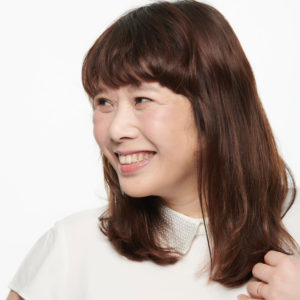
Editor and writer from Japan. Not the best at English, but I share real stories with heart and honesty — aiming to connect cultures and ideas that matter.
